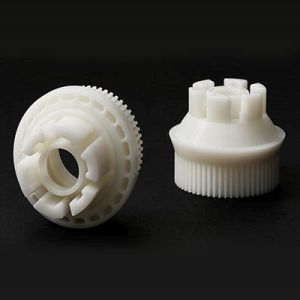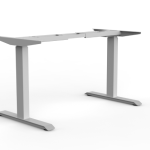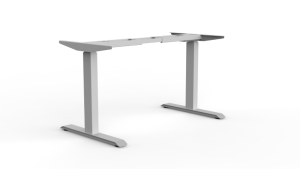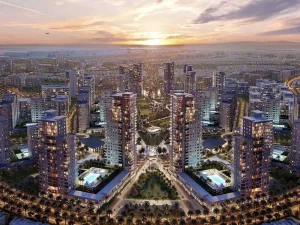
3D printing has emerged as a game-changing technology that has revolutionized various industries, and architecture is no exception. In recent years, 3D printing has made a significant impact on the field of architecture, transforming the way architects design, visualize, and construct buildings. This article explores the profound impact of 3D printing service a on architecture, from conceptualization to construction, and the exciting possibilities it brings to the world of design.
From digital concepts and physical realities:
3D printing has bridged the gap between digital concepts and physical realities. Architects can now translate their digital designs directly into tangible models and prototypes using 3D printers. This capability allows designers to better understand the spatial relationships, forms, and aesthetic qualities of their creations, leading to more informed design decisions and enhanced communication with clients and stakeholders.
Pushing the boundaries of design:
3D printing has pushed the boundaries of architectural design by enabling the realization of complex geometries and intricate details that were once considered impractical or impossible to achieve through traditional construction methods. Architects can now experiment with innovative forms, organic shapes, and intricate patterns, resulting in breathtaking and visually stunning buildings.
Customization and personalization:
With 3D printing, architects can create highly customized and personalized designs. Buildings and components can be tailored to specific site conditions, climate, and functional requirements, allowing for more responsive and contextually appropriate architecture. This level of customization fosters a deeper connection between the building and its occupants, creating more meaningful and sustainable spaces.
Sustainable construction methods:
Sustainability is a critical concern in modern architecture, and 3D printing offers a more environmentally friendly alternative to conventional construction methods. By using additive manufacturing, 3D printing reduces waste and minimizes the need for excess materials. Additionally, some 3D printing technologies use recycled or bio-based materials, further contributing to sustainable construction practices.
Speed and cost-efficiency:
3D printing has the potential to significantly speed up the construction process and reduce overall costs. Once a design is finalized, 3D printers can fabricate building components directly on-site, eliminating the need for lengthy transportation and assembly processes. This efficiency not only saves time but also reduces construction costs and labor requirements.
3D printing has undoubtedly revolutionized the field of architecture, offering architects new tools and methods to bring their visionary designs to life. From rapid prototyping and innovative forms to sustainable practices and customized solutions, 3D printing has redefined the way architects approach the design and construction process.






